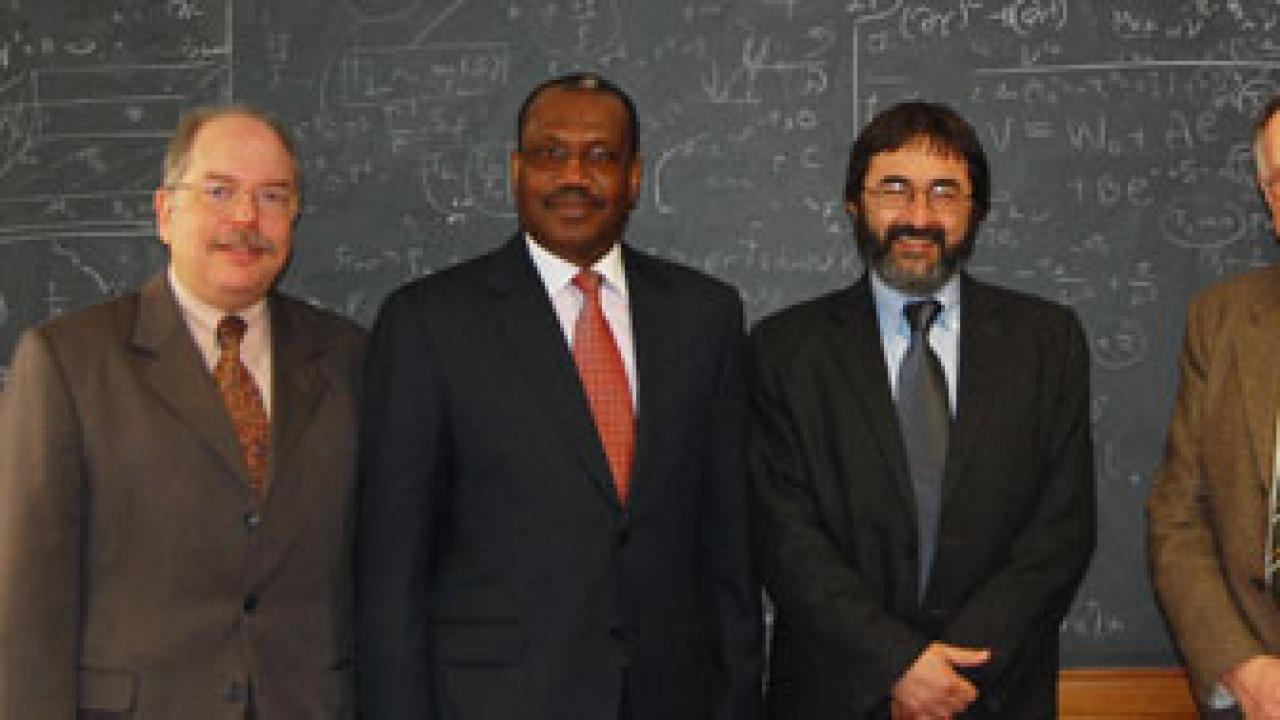
Wireless sensor networks, a new, low-cost technology that
requires low power and is not dependent on any existing network,
could become a key tool for environmental monitoring in developing
regions. The vast range of sensors that can be connected to the
devices makes them flexible for monitoring air and water quality
and soil moisture.
A two-week ICTP activity in Trieste, titled Workshop on
Applications of Wireless Sensor Networks for Environmental
Monitoring in Developing Countries, which was followed by a
Conference on Wireless Sensors Technologies for Environmental
Monitoring, provided training for academic and research
institutions on the subject, as a way to develop sustainable human
capacity in developing countries.
The activity ran from 28 February to 11 March. Directors of the
workshop included Mario Maniewicz of the International
Telecommunication Union's (ITU) Telecommunication Development
Bureau, and Sandro M. Radicella, head of ICTP's Aeronomy and
Radiopropagation Laboratory.
For the latter event, International Telecommunication Union (ITU)
Secretary-General Hamadoun I. Touré provided an opening speech on
the role of ITU in a world of ubiquitous connectivity. "The
ultimate society is a knowledge society, where information is
accessed, used, created and shared," said Touré, explaining that
broadband technology will enable the knowledge society to meet the
Millennium Development Goals, and that advanced mobile technology
will help 'internet connectivity' become 'ubiquitous
connectivity'.
Details from the workshops can be found here.
















